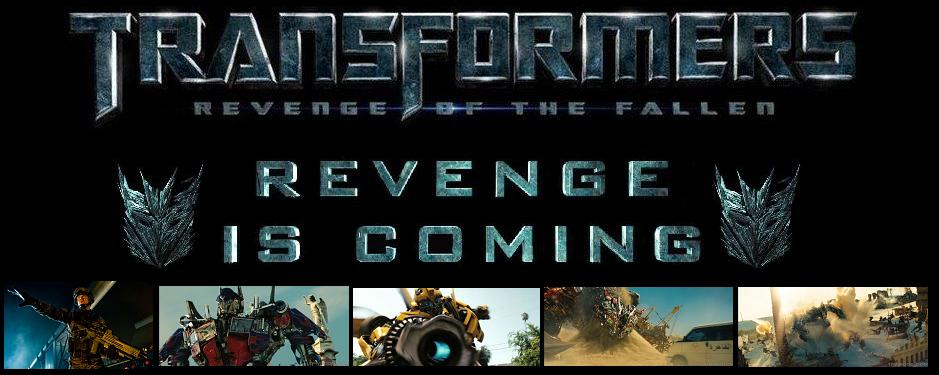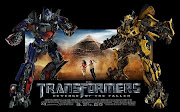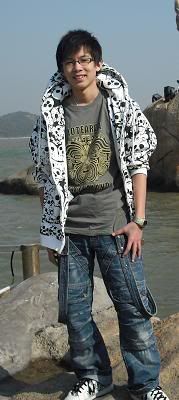 The AllSpark has a great write-up with ILM's animation supervisor Scott Benza from the Paramount's press junket from a few weeks ago for the home video release of Transformers: Revenge of the Fallen. He talks about the challenges and landmarks of the film. A lot of the information has been covered in previous articles and the special edition of the movie but still makes for an interesting read. Below is a snippet, the full article can be found here.
The AllSpark has a great write-up with ILM's animation supervisor Scott Benza from the Paramount's press junket from a few weeks ago for the home video release of Transformers: Revenge of the Fallen. He talks about the challenges and landmarks of the film. A lot of the information has been covered in previous articles and the special edition of the movie but still makes for an interesting read. Below is a snippet, the full article can be found here.All robots were rigged in a way that they could animate almost any individual part that made up of the robot, ranging from springs to brake pads and all sorts of mechanical pieces one would find in various vehicles, using Mudflap as an example. That way it helped with the robots’ transformation sequences and the way how they moved. Benza added that each robot was defined by both external and internal pieces, sometimes certain parts filling out the interiors and certain animation models used in the first film were reused and revamped in the second. Since they had the same amount of time to animate everything like in Transformers but with a larger workload due to having over 40 robots, the animators had to make use of whatever they created and had. They tried to introduce more personalities into the transformation depending on the character and to work best from the camera’s point of view – Ironhide has a more forward attitude and is a veteran, hence his rather slow transformation, compared to Sideswipe’s energetic and flashy change, as well elegant and heroic for Optimus. Devastator’s combination sequence was intentionally made clumsy and dirty, as well difficult, showing off a pre-visual sequence. None of the transformations are done ahead of time and simply plugged into the shot, Benza noted.









No comments:
Post a Comment